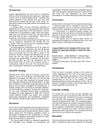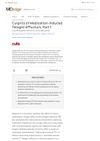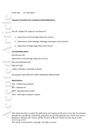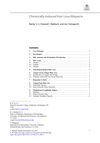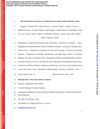Invasive Aspergillosis in a Patient with Asthma Post H1N1 Pneumonia
November 2011
in “
Journal of Infection
”
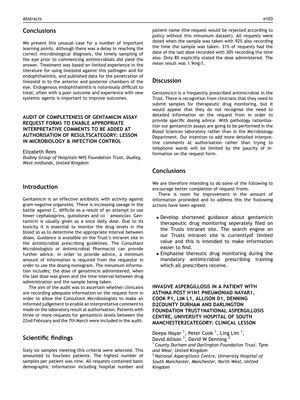
TLDR A woman with asthma improved from a severe fungal infection after treatment change, and most HIV-positive women in a UK study had low immune cell counts but were responding well to treatment.
The document presents two separate studies. The first study discusses a case of invasive aspergillosis (IA) in a 46-year-old female patient with asthma who was admitted to the ICU with H1N1 pneumonia. Despite avoiding steroids, which could have been fatal, the patient developed IA. The patient's sputum and bronchial lavage samples grew Aspergillus fumigatus and Candida albicans, and she was initially treated with liposomal amphotericin B. However, due to treatment failure, she was switched to voriconazole and caspofungin, which led to gradual improvement. The study highlights the importance of considering IA in ICU patients with positive A. fumigatus cultures, the effectiveness of voriconazole as primary therapy, and the value of expert opinion in managing antifungal treatments. The patient also experienced severe hair loss, which was uncertain whether it was a side effect of voriconazole or telogen effluvium.
The second study is a retrospective analysis of 177 women with HIV in Newcastle, UK, ranging from 16 to 75 years old. The findings show that 67% presented with a CD4 count less than 350, and 35% with a CD4 count less than 200. Of those on treatment, 74% were fully suppressed, with the most common regimen being Atripla/Truvada plus Efavirenz. The cohort was ethnically diverse, with 72% being Black African and representing 27 nationalities. Additionally, 14% were co-infected with hepatitis B and 6% with hepatitis C. The study underscores the diverse and complex nature of the female HIV-positive population in the North of England.

